Top 10 Failed Defense Programs of the RMA Era
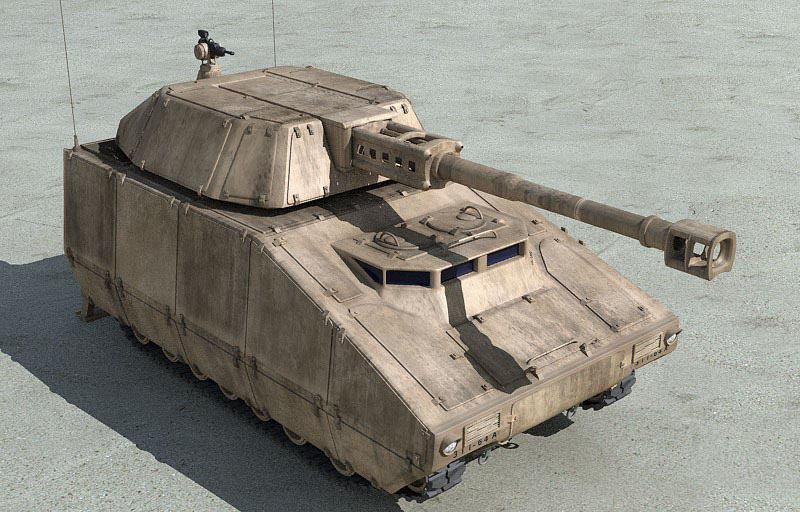
On Nov. 15, 2014 at the Reagan National Defense Forum, former Secretary of Defense Hagel announced a new “Defense Innovation Initiative” aimed at discovering ways to improve America’s military dominance vis-à-vis emerging peer competitors. In his speech, Secretary Hagel outlined a new Long-Range Research and Development Planning Program to target technological breakthroughs especially in “robotics, autonomous systems, miniaturization, big data and advanced manufacturing, including 3-D printing.” As I sat in my seat, listening to his closing remarks, I couldn’t help but be reminded of a previous, technology-oriented initiative aimed at emphasizing American technological supremacy over an adversary on the battlefield — the Revolution in Military Affairs or RMA.
RMA was a hypothesis, originally put forward by the Soviet military strategists in the 1970s and then propagated by Andrew Marshall at the Office of Net Assessment. It posited that rapidly changing technologies and their associated doctrines required a new, accelerated shift in military transformation. This was best exemplified by the U.S. Army’s Force XXI exercise in the 1990s. During this timeframe, a series of exquisitely expensive systems and platforms were initiated under the RMA transformation thesis. They were packed with the latest in advanced technologies. Unfortunately, they were also repeatedly laden with excess requirements or insufficiently differentiated from existing systems. This resulted in years of delays, billions of dollars in added costs and, most significantly, program cancellation for many of the systems. While there are numerous examples to cite, here are the top 10 biggest defense program failures of the RMA era, totaling nearly $53,000,000,000 with zero production units deployed.
10. CG(X)
Known as the Next-Generation Cruiser in the early 1990s, it was part of the Navy’s Surface Combatant for the 21st Century program. However, budget cuts resulted in the program being split up in 2001 with the destroyer-variant being renamed the DD(X) and then the Zumwalt-class of destroyers. While the DD(X) is a case study in and of itself, the CG(X) actually looked like it might increase its allocation of ships before abruptly being cancelled in 2010. Deemed too similar in capability to the existing, upgraded Arleigh Burke-class of destroyers, the ship was never built, but not before spending more than $200,000,000 in development costs.
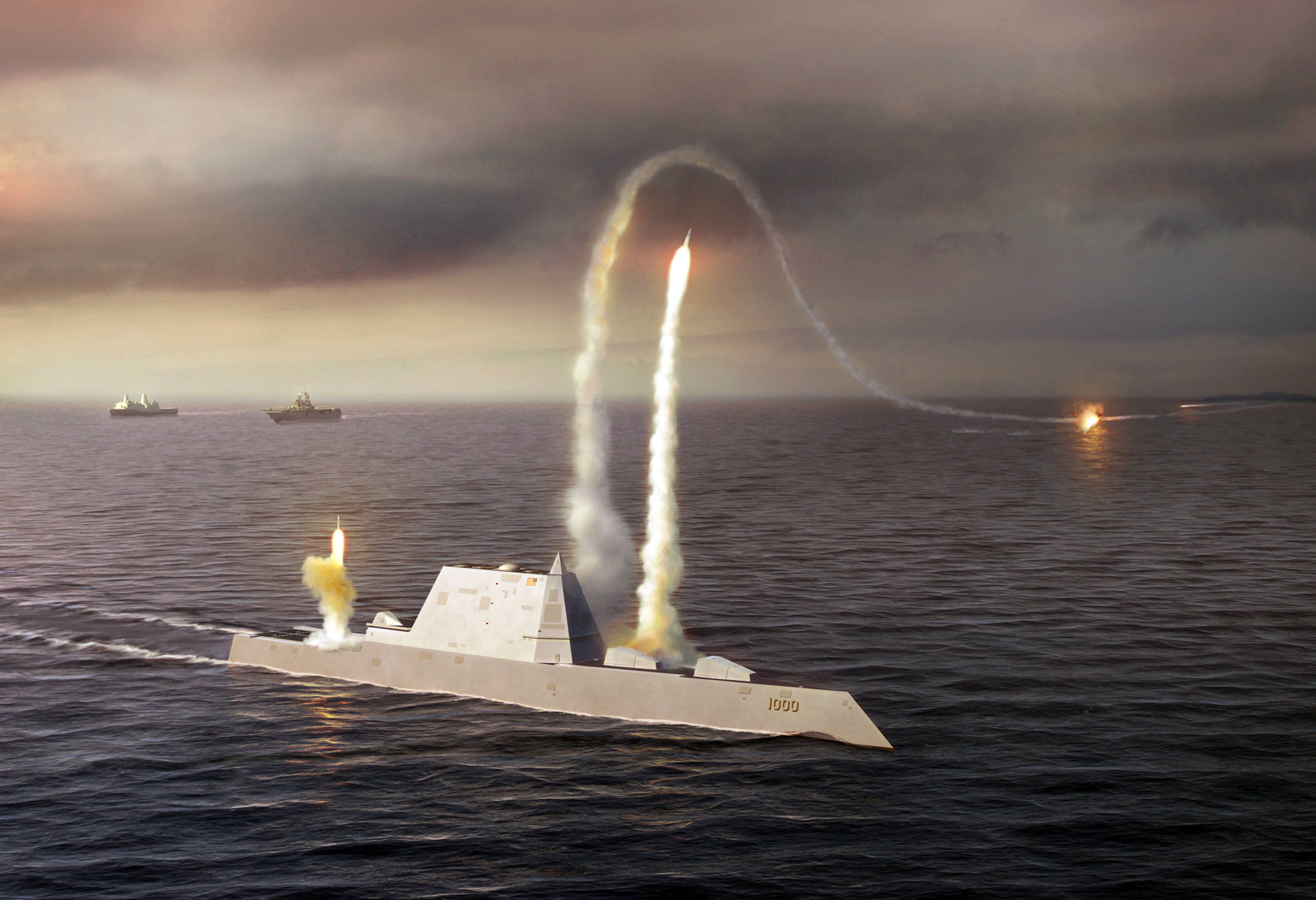
9. Kinetic Energy Interceptor (KEI)
A key component of boost-phase missile defense, the KEI was a part of the emerging Missile Defense Agency’s (MDA) architecture at the turn of the century. However, it was done in by cost growth resulting from MDA’s expanded scope, to include mid-course and terminal phase missions as well as the KEI’s inability to fire from ships due to its size. In 2009, Secretary Gates cancelled the program, but not after MDA spent $1,300,000,000.
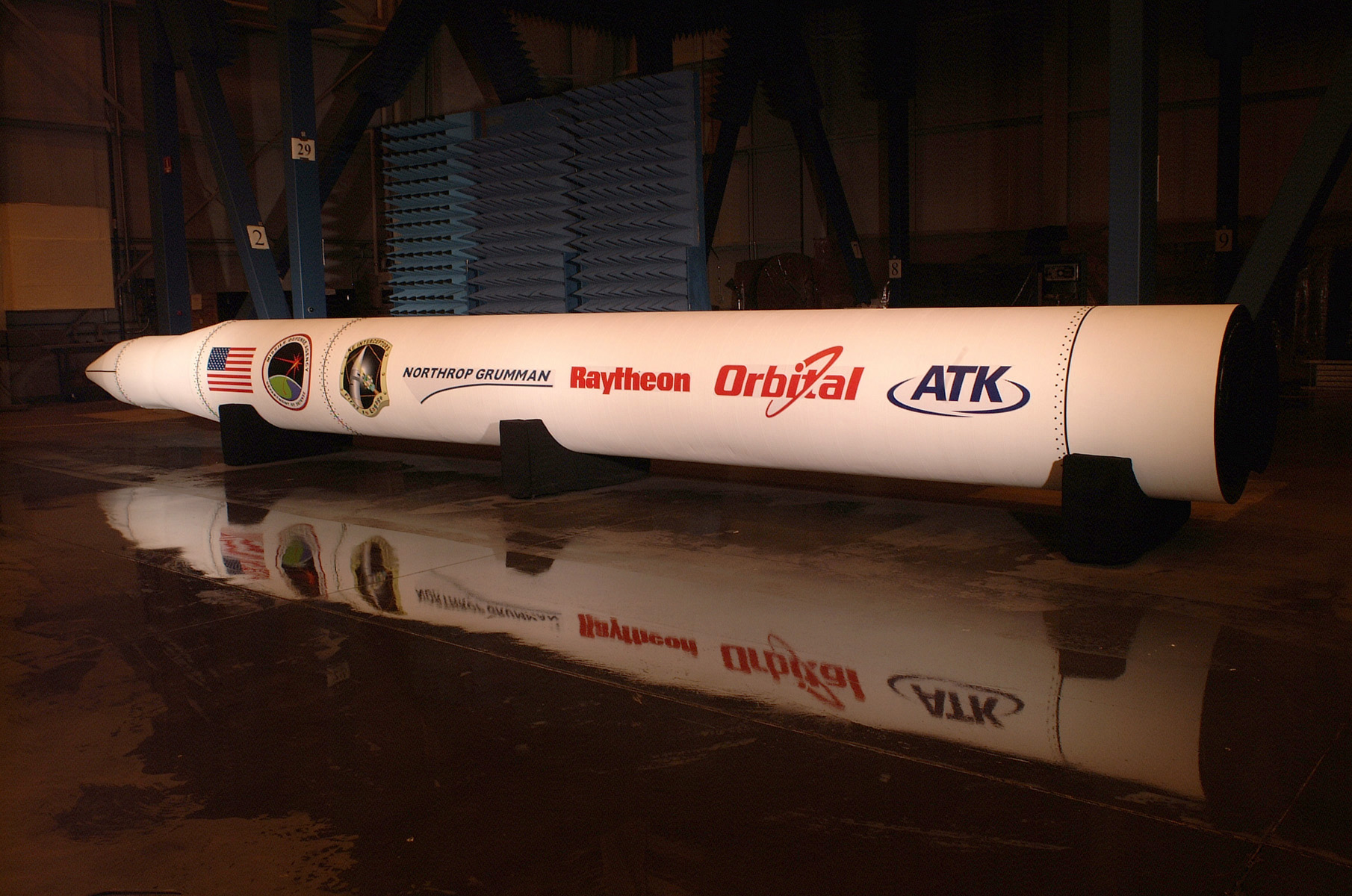
8. XM2001 Crusader
Intended to be the Army’s next-generation mobile gun system, the Crusader was conceived in the early 1990s as a powerful new self-propelled howitzer (SPH). While it was designed to be lighter and faster than the existing M109A6 Paladin SPH, it was too similar to the existing, upgraded inventory. A system designed for a Cold War army, it was not widely supported by the Army Staff as it no longer aligned with the new operational concept. Consequently, Secretary Rumsfeld cancelled the program in 2002 after spending $2,000,000,000, making it one of the first RMA-era programs to dissolve. Ironically, many of the Crusader technologies were incorporated in the FCS family of XM1203 Non-Line of Sight (NLOS) cannons, which were subsequently cancelled as well.
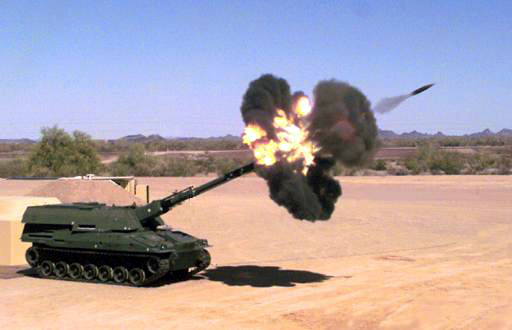
7. Transformational Satellite Communication System (TSAT)
After Operation Desert Storm, defense officials realized that existing military satellite communications (MILSATCOM) were insufficient for increased data communication requirements of the future force. Designed to be the backbone of the Global Information Grid, TSAT was an orbit-to-ground laser communication program that would have provided DOD with high data rate communications. Although the program was generally on-schedule, the high overall cost, uncertain budgetary environment and the ability of existing Advanced Extremely High Frequency (AEHF) satellites to handle the mission resulted in TSAT’s cancellation by Secretary Gates in early 2009. Total program cost: $3,200,000,000.
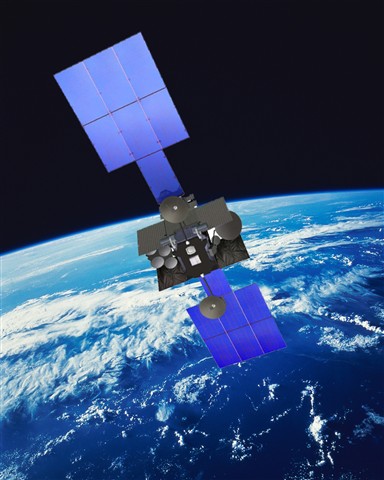
6. Expeditionary Fighting Vehicle (EFV)
Intended to be a swimming tank for the Marines, the EFV was a hefty 38-ton amphibious assault vehicle designed in the late 1980s. The program’s original use case — beach landings like Normandy and Inchon — was dubious given the emerging threat of long-range, anti-ship missiles. Hampered by delays and cost overruns totaling 270%, the program was cancelled by Secretary Gates in 2011, having already spent $3,300,000,000.
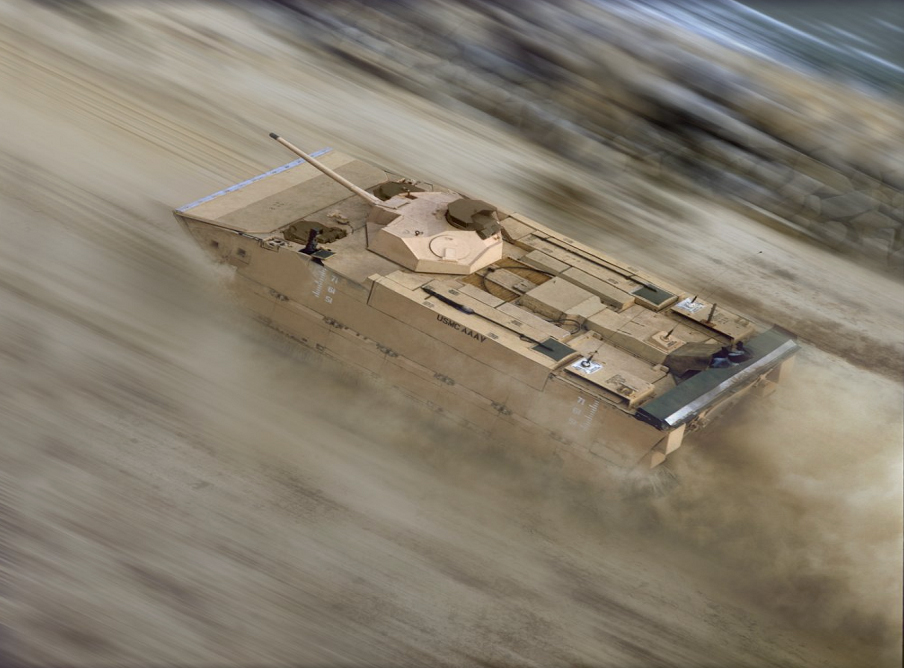
5. Airborne Laser (ABL)
Initiated by the Air Force in 1996, the ABL was designed to be an integral part of the Missile Defense Agency’s architecture for Theater Missile Defense. However, after 15 years and one prototype based on an old Air India 747 air frame, the ABL ran out of runway. Citing a program that has “significant affordability and technology problems” whose “proposed operational role is highly questionable,” Secretary Gates cancelled the program at the end of 2011, but not before spending $5,000,000,000.
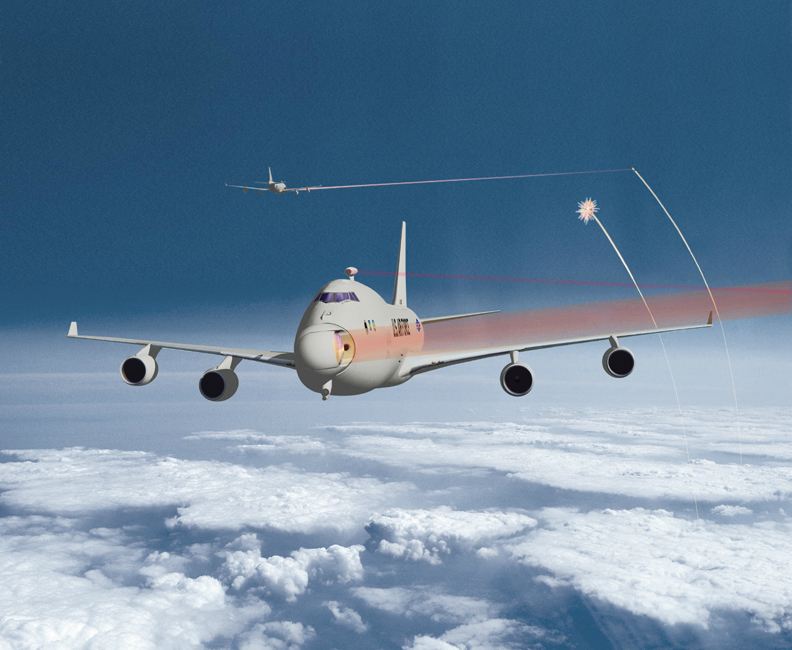
4. National Polar-orbiting Operational Environmental Satellite System (NPOESS)
Although not as well known as other high-profile program failures, NPOESS was supposed to be the next-generation satellite system that would monitor weather and atmospherics. Unfortunately, it was also very expensive and actually succeeded in failing twice! Intended as a partnership with the National Oceanic and Atmospheric Administration (NOAA) and the Air Force in 1994, it was designed to replace the aging Defense Meteorological Satellite Program (DMSP). However, the program ran over budget by 25% and launched five years behind schedule before being dissolved in 2010 and cancelled outright in 2011. Currently, the Air Force still relies on NOAA for this mission, but not after having spent $5,800,000,000 on this failed venture.
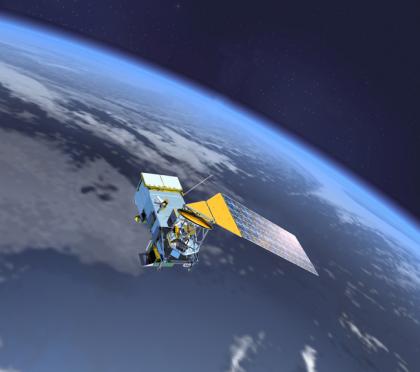
3. Joint Tactical Radio System (JTRS)
Started in 1997, JTRS was an attempt at unifying military radios while leveraging digital signal processing. While the program is still alive in the form of the Ground Mobile Radio, the U.S. Army spent $6,000,000,000 just to develop the system before cancelling and then restarting it after it failed Network Integrated Environment testing. Meanwhile, the military spent $11,000,000,000 on old radios while waiting for JTRS; radios that will now need to be replaced, which will only add to the program cost.
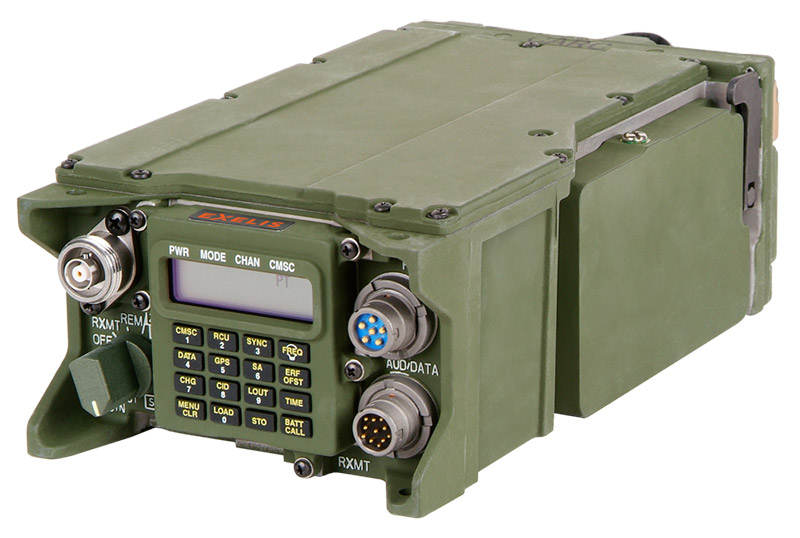
2. RAH66 Comanche
22 years, $6,900,000,000 spent and zero helicopters. Originally conceived at the height of the Cold War, it was supposed to become the next-generation of armed reconnaissance air support for the Army, replacing the Huey, Cobra and Kiowa helicopters in the process. A textbook case in technology being superseded by current events, the Comanche also faced serious concerns over its ability to simply get off the ground when fully loaded. The program was cancelled in 2004 with two prototypes now on display.
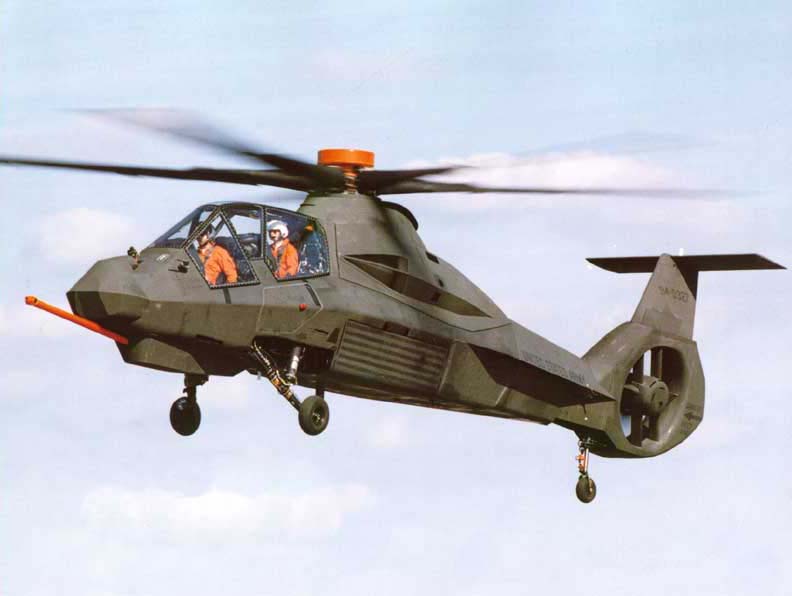
1. Future Combat System (FCS)
First introduced in 1999 by Army Chief of Staff, Eric Shinseki, FCS was supposed to be a family of networked, manned and unmanned vehicles and aircraft for the 21st century battlefield. With the Warfighter Information Network – Tactical (WIN-T) intended to support the FCS, it was supposed to be a wholesale re-envisioning of the ground force. However, the terror attacks of Sept. 11, 2001 short-circuited a 15-year operational pause that the military was hoping for to implement the program. Spiral development and shifting requirements by the Army also resulted in costs ballooning by 25%. Finally, after $19,000,000,000 already spent and the program in the System Design and Demonstration phase, Secretary Gates cancelled the program in 2009, making it the biggest failure of the RMA era.
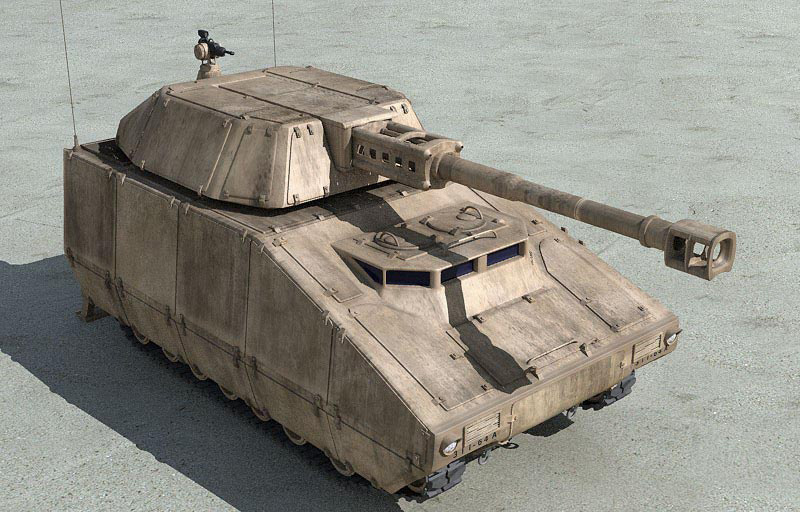
As we embark on a new initiative designed to foster innovation and technology accession in an age of emerging threats, it is important that we continue to be mindful of history. Developing military systems is a complex endeavor involving many large defense corporations and thousands of people working in concert with DOD acquisition executives. Over time, this dynamic has resulted in the most technologically advanced military on the planet. Unfortunately, it is also by far the most expensive military and increasingly involves years of delays and cost overruns. Like the Zumwalt-class destroyer, current defense programs such as the Ford-Class Carrier, the F-22 Raptor and the much-maligned F-35 Joint Strike Fighter are producing incrementally fewer platforms and exponentially higher cost. This article is a cautionary tale against those who would overemphasize technology solutions against a maxim that Secretary Gates shared at the RNDF: “No amount of technology can substitute for the fact that I still need a (Perry-class) frigate presence in the Persian Gulf and the South China Sea at the same time.”
Stephen Rodriguez has nearly thirteen years of operational experience from Afghanistan to Colombia in strategic planning, corporate strategy, and business development. He is a Term Member at the Council on Foreign Relations, a New York Fellow at the National Review Institute, and Chairman of the Foreign Policy Initiative’s Leadership Council.

